Data. Data. Data. That’s all anyone seems to be talking about these days, but there’s a pretty good reason for that; data is absolutely vital when it comes to successful marketing. Data helps you identify who to target, where and when to reach them, and how to engage them; quite simply, it informs and drives the most critical strategic decisions of marketing activity. Or at least it should do.
In this blog, we’ll outline some of the most important customer data that drives offline marketing campaigns.
Demographic data.
This is the sort of data that most people are familiar with; it’s descriptive data about people and their lives. It’s useful because it allows you to get better clarity over your audiences and allows you to identify different market segments. For example, you might be a meal kit provider and discover that half of your audience is families with children and half are single with no children; you can then tailor your messaging and imagery on your ads specifically for each of these segments.
Behavioural data.
Too often, brands focus solely on demographics, but this is a mistake because demographics only really give you a snippet of the story. There’s the famous example of Prince Charles and Ozzy Osbourne, who share a lot of demographical data, including gender, year of birth, both married twice, location, etc., but they’ve probably got very different tastes when it comes to what ads they’ll respond to. Behavioural data relates to lifestyle and interests and gives more information on what motivates a person, what grabs their attention, and what their aspirations are. There are other behavioural traits that directly relate to your brand that allow for segmentation, such as ordering frequency and spend values. Two people could have exactly the same income, live in the same area, be the same age, and be married with two children. One might be vegan, hugely into saving money, teetotal, and not have a car, and the other could be into fancy holidays, spending every penny they have, fast cars, and going to the pub every night. With just the demographics, you would treat them in the same way, but by learning more about them and their buying behaviour, you can learn to target them in very different ways to get better results.
Average order value.
Knowing your average order value is really important for campaign planning. It allows you to not only better predict an ROI of a campaign and, therefore, budget better, but it can also help you optimise your campaign to maximise your ROI. For example, if you know that 80% of your revenue comes from 25% of your customers, you can optimise your campaign to target 25%, rather than spreading your budget and wasting it on targeting customers who aren’t going to give you the results you need.
Lifetime customer value.
Lifetime customer value is all about working out the average long-term value of a customer to you as a business; this helps you budget for customer acquisition and retention campaigns because you can justify upfront costs in relation to future revenue. For example, your campaign may have a CPA higher than your average order value, but if the lifetime value of a customer is high, this short-term hit might be worth it. This is particularly true for many subscription-based brands. Knowing how much and how often a customer purchases from you over a long-term period also drives decisions around retention campaigns and facilitates a growth marketing strategy. Many marketeers focus purely on acquisition and ignore retention activity, but growth marketing is about going beyond the top of the funnel and factoring in engagement, retention, and advocacy into your activity.
Sharing your data for better results.
By creating a genuine partnership built on trust and shared data, we can better understand your audiences and your industry so we can optimise your marketing activity. The more open we can be with sharing data, the better the insights, the quicker we all learn what works for your product with your customers, and the sooner we all start to see improved response rates, average basket values, and ROI. The most common thought that crosses people’s minds at this point is a big loud internal scream of “GDPR!” but relax; we are experts in what we do and understand the complexities of GDPR. Not only do we ensure that any data we collect and use is GDPR compliant, but we make sure your data is too. We are 100% GDPR compliant, taking precautions such as password-protected files stored on a secure server, with robust policies for erasing files in accordance with best practice and the global security policy.
Want to see what we can do?
Businesses who understand their data better make our job much easier, so we want to enable as many businesses to do this as possible. That’s why we offer PSE Data Analysis for free; yes, you read that right, for free. We don’t just leave you with a bunch of stats and graphs. You’ll receive a full data dashboard complete with insights and recommendations that tell you:
– What you need to do better
– What you need to stop doing
– What you need to start doing
Your report is yours; you can take it away and never see us again, or you can arrange a meeting with us to see how we can start putting the plan into action.
So let us do something with your data and start your journey to better offline marketing today; click here to find out more.




